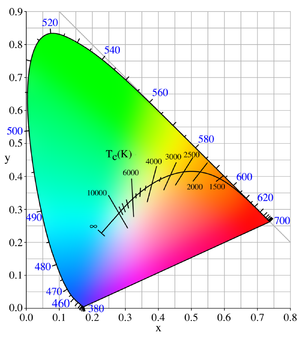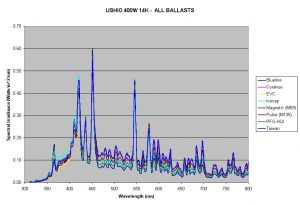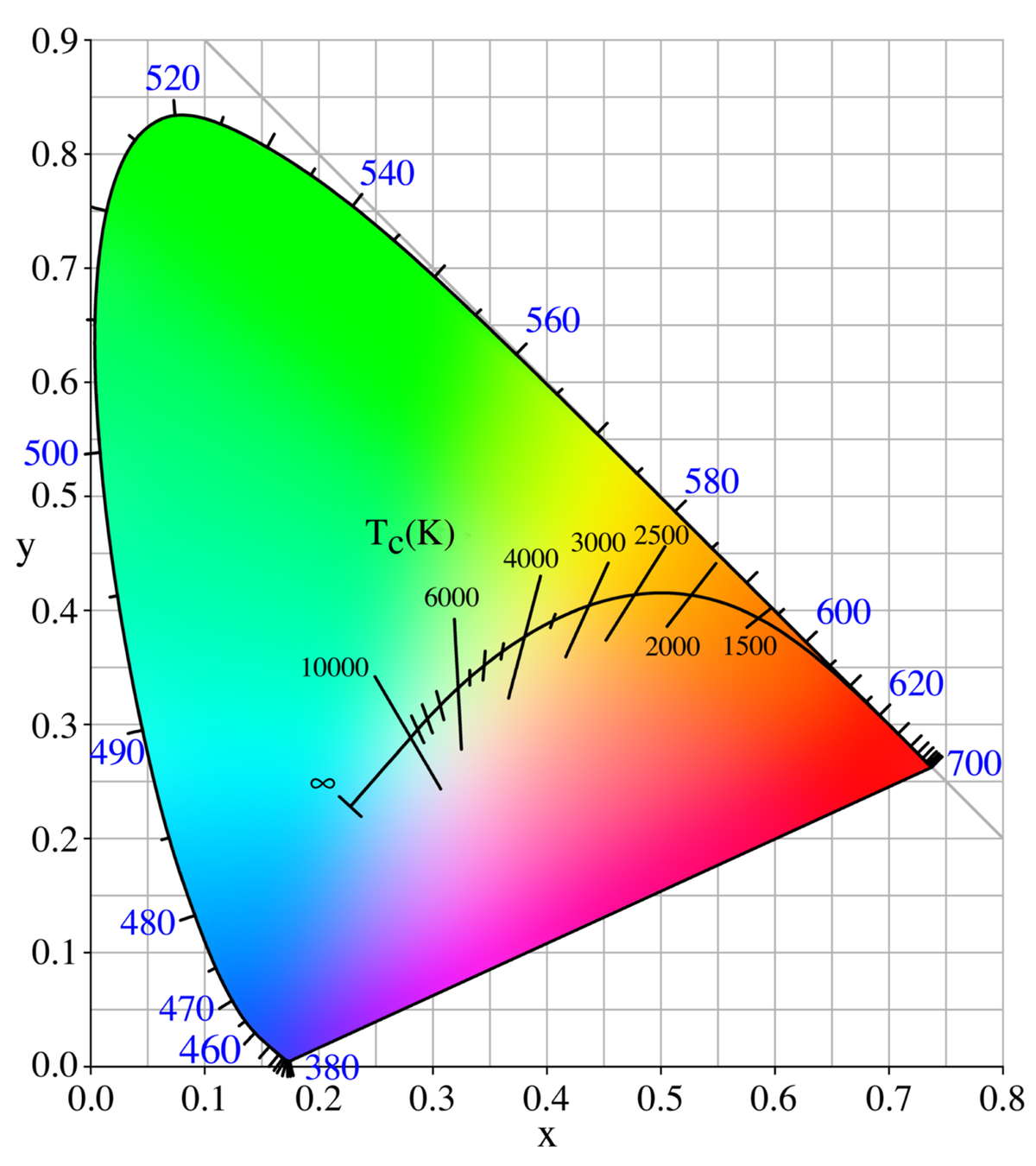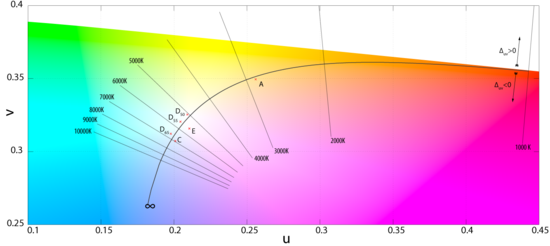An electronic ballasts will ignite and run DE bulbs fine. It’s really the mixing up of probe and pulse start magnetic ballasts with their bulbs that causes problems.
Navigation
Install the app
How to install the app on iOS
Follow along with the video below to see how to install our site as a web app on your home screen.
Note: This feature may not be available in some browsers.
More options
You are using an out of date browser. It may not display this or other websites correctly.
You should upgrade or use an alternative browser.
You should upgrade or use an alternative browser.
Phoenix 14K 250W DE vs 20K 250DE
- Thread starter cwk84
- Start date
- Tagged users None
So would I need a pulse or probe start ballast for my bulbs? On RC someone just told me that I can run them on electronic ballasts. They would supply them with about 248-ish watts, thus, making them appear bluer. He suggests getting different bulbs, though. It makes more sense financially.
Alright, guys, I ordered 2 Ushio 20K 250W DE bulbs. I found them for 56 dollars a bulb. From what I could see on pictures, it comes close to that deep water slight purple tint look I like. And they are dimmer which means I can lower the fixture (less light spill in the room) and I won't need to mess around with LEDs and stuff to make corals pop. Yes, it might not color my corals up as nicely as 14K bulbs, but the perceived "pop" will make up for it. After all, it's still a metal halide bulb which puts out more PAR/PUR than most lighting setups. So I will still see good growth and color regardless.
If anyone wants my 14k bulbs, I'll ship them for 30 a bulb. I've been using them for 4 hours since Saturday 14th. That's 34 hours.
If anyone wants my 14k bulbs, I'll ship them for 30 a bulb. I've been using them for 4 hours since Saturday 14th. That's 34 hours.
You can run any DE bulb or 250w 20k Radium on electronic ballast (or probe start magnetic), but they will not have as much output/PAR, color usually shifts bluer. There is no life extension with this.
It works. It is not spec to how the bulbs were designed. If you don't need the extra output, then no big deal.
It works. It is not spec to how the bulbs were designed. If you don't need the extra output, then no big deal.
So would I need a pulse or probe start ballast for my bulbs? On RC someone just told me that I can run them on electronic ballasts. They would supply them with about 248-ish watts, thus, making them appear bluer. He suggests getting different bulbs, though. It makes more sense financially.
An electronic ballast is neither but works for most all of them. Don’t ask me the specifics on how they work it’s just the jist of it. The “spec” ballast for 250 watt DE bulbs is the M80 hqi ballast which is a pulse start. But like I said. An e-ballast will fire it reliably without damaging it, just runs it at a lower wattage making it appear bluer. It’s really just lower output, and what little red and green they already had, falls lower below the visual threshold. They still are blue dominant just APPEAR blue under lower wattage due to lessening the red and green.
You can run any DE bulb or 250w 20k Radium on electronic ballast (or probe start magnetic), but they will not have as much output/PAR, color usually shifts bluer. There is no life extension with this.
It works. It is not spec to how the bulbs were designed. If you don't need the extra output, then no big deal.
I’ve always read probe start ballasts are extremely unreliable for hqi bulbs is that not true?
14Ks will help your corals to produce real colors that 20Ks won't
Phoenix 14k bulbs appear to be true 20k bulbs. These kelvin numbers are always off. I've done some research on the Ushios that I ordered yesterday and some say they are whiter than the 14k Phoenix but they make corals pop more due to the actinic/purple hue. Some say they are bluer than the Phoenix. It is just terrible. I really have to buy different bulbs every month until I find what I like. There is no point in asking other people. I've read the wildest claims and descriptions. Some say that 20k bulbs will kill everything off due to being too dim. Metal halides are so bright, even dim 20k bulbs will bleach SPS if they aren't used to that amount if PAR/PUR. Then I've seen Phoenix 14k bulbs described as Windex blue bulbs. I guess these people have never held a Windex bottle in their hands.
- Joined
- Feb 15, 2012
- Messages
- 4,735
- Reaction score
- 3,412
There is nothing such the "true 20K bulb". K numbers are more like a reference to every brand in order to determinate warmer to cooler colors. Yes, if you are particular like many of us the best way is to see tanks lit by them in order to pick the best color bulb. They all going to give you what T5s and LEDs can't! I can tell you that any halide will bring pigments that any other artificial light source won't. Halides are the best for that! 20K bulbs aren't dim, they are just bluer. Halides need the right ballast to be used with each bulb and that is one of the most important aspects when choosing! Any light source, if not used correct or adapted to that situation will bleach corals. Windex is just an online expression that we all see different, I guess.Phoenix 14k bulbs appear to be true 20k bulbs. These kelvin numbers are always off. I've done some research on the Ushios that I ordered yesterday and some say they are whiter than the 14k Phoenix but they make corals pop more due to the actinic/purple hue. Some say they are bluer than the Phoenix. It is just terrible. I really have to buy different bulbs every month until I find what I like. There is no point in asking other people. I've read the wildest claims and descriptions. Some say that 20k bulbs will kill everything off due to being too dim. Metal halides are so bright, even dim 20k bulbs will bleach SPS if they aren't used to that amount if PAR/PUR. Then I've seen Phoenix 14k bulbs described as Windex blue bulbs. I guess these people have never held a Windex bottle in their hands.
I've seen diagrams of 14k bulbs with kelvin numbers in the 20k region. This is very confusing. I thought kelvin is a fixed unit. Yes, the ballast discussion is a big part of the confusion. I can tell for sure that people with M80 ballasts always perceive their bulbs to be whiter. What I've read about the Ushios is that they have a slight purple tint with a hint of blue. That should be what I'm looking for. Whether ot, not that is 20k doesn't matter to me. And if they're dimmer, perfect! That means I can increase my photoperiod and lower my fixture without killing the few corals I have left. When I think of Windex blue I think of a really greenish-blue just like the Blue Plus bulbs from ATI.
I've seen diagrams of 14k bulbs with kelvin numbers in the 20k region. This is very confusing. I thought kelvin is a fixed unit. Yes, the ballast discussion is a big part of the confusion. I can tell for sure that people with M80 ballasts always perceive their bulbs to be whiter. What I've read about the Ushios is that they have a slight purple tint with a hint of blue. That should be what I'm looking for. Whether ot, not that is 20k doesn't matter to me. And if they're dimmer, perfect! That means I can increase my photoperiod and lower my fixture without killing the few corals I have left. When I think of Windex blue I think of a really greenish-blue just like the Blue Plus bulbs from ATI.
I’ve gotta be honest. In my experience with halides I’ve only used 3 bulbs personally
Radiums
XM10k
Hamilton 14k
XM are gone now. Can’t find those anywhere reliably.
Radiums look cool but to be honest, at nearly $90 a bulb I just won’t use them anymore. With that said, I have two brand new ones in my reserve stash.
The Hamilton 14k are usable. They’re not the prettiest color rendering bulbs it seems. But they put out more than adequate amounts of par (I’m getting 400 on the sand bed 36” away from the reflectors, 250 watt bulbs) and are a full spectrum bulb. Best part is they go on sale all the time for $44 directly through Hamilton.
I’ve never used Ushios before. Just couldn’t see the point when Hamilton’s are $20 cheaper
14k Phoenix are not nearly as blue as most 20k bulbs.
I’ve gotta be honest. In my experience with halides I’ve only used 3 bulbs personally
Radiums
XM10k
Hamilton 14k
XM are gone now. Can’t find those anywhere reliably.
Radiums look cool but to be honest, at nearly $90 a bulb I just won’t use them anymore. With that said, I have two brand new ones in my reserve stash.
The Hamilton 14k are usable. They’re not the prettiest color rendering bulbs it seems. But they put out more than adequate amounts of par (I’m getting 400 on the sand bed 36” away from the reflectors, 250 watt bulbs) and are a full spectrum bulb. Best part is they go on sale all the time for $44 directly through Hamilton.
I’ve never used Ushios before. Just couldn’t see the point when Hamilton’s are $20 cheaper
I bought them for 56 dollars each. That's 12 dollars more than the Hamilton bulb. I don't think that this is that much. I agree, 90 dollars for a bulb, yea that's a little bit too much. As far as PAR readings, I'm not a subscriber of the "more is better" mentality. Tidal Gardens grows SPS under as little as 150 PAR. My T5's didn't produce a lot of PAR (very old fixture with cheap reflectors), that I'm fairly certain, but most of my corals (except the few sps I had) grew at a fascinating rate. My hammer coral went from 2 to 6 heads in the first year. It was insane. I'm not big on SPS, more LPS. I'll get 3-4 SPS corals for my new tank and that's about it. I think 2x 250W 20K lamps will produce way more PAR that I will ever need.
After 12000K it's just marketing.
Also K values w these punctuated spectrum lights (more correctly CCT) can show different looks even w identical K (CCT) values.
Can you elaborate on that?
After 12000K it's just marketing.
Also K values w these punctuated spectrum lights (more correctly CCT) can show different looks even w identical K (CCT) values.
According to a few people on RC, it's a Windex blue bulb lol
I've been running 2 x 14K Phoenix on M80 ballasts for not even a week and the color is just meh. It's a nice crisp white but all my corals look brown. When the bulb starts it goes from yellow to super blue (this is where I'd like it to stay) but once they run at full power they become white. Would 20k bulbs make my corals pop again or is this "brownish" look just a thing with metal halides? I know that many supplement with LEDs to make their tanks pop. I supplement with 2 T5's (actinic, blue) but it doesn't really help because the MHs are so bright and powerful, they overpower the T5s. Any thoughts on this?
Let the bulbs break in and let your corals adapt to them, you can tweak colors with trace elements and nutrients, not by just blasting things with blue/uv leds
I bought them for 56 dollars each. That's 12 dollars more than the Hamilton bulb. I don't think that this is that much. I agree, 90 dollars for a bulb, yea that's a little bit too much. As far as PAR readings, I'm not a subscriber of the "more is better" mentality. Tidal Gardens grows SPS under as little as 150 PAR. My T5's didn't produce a lot of PAR (very old fixture with cheap reflectors), that I'm fairly certain, but most of my corals (except the few sps I had) grew at a fascinating rate. My hammer coral went from 2 to 6 heads in the first year. It was insane. I'm not big on SPS, more LPS. I'll get 3-4 SPS corals for my new tank and that's about it. I think 2x 250W 20K lamps will produce way more PAR that I will ever need.
Specifically on ushios, I’ve read the DE and SE bulbs are entirely different animals, with favor going strongly toward the DE variety.
I don’t believe more par is better, but before you hit photoinhibition, more is indeed better. I’m sure I’m simplifying it, and 3 specific pieces of mine actually are doing poorer under so much light, but otherwise the rest exploded in growth with increased par.
If you’re going for LPS, I’d drop it to 20k 150 watt bulbs honestly and shoot for 150 par absolute max.
- Joined
- Sep 18, 2017
- Messages
- 5,617
- Reaction score
- 3,456
Can you elaborate on that?
According to a few people on RC, it's a Windex blue bulb lol

"20000K" Radiums fall past the infinity sign in "color temp" it's a blue bulb w/ some red/green thrown in..
guess some charts include "20000K" but note how close 12-20000k really is..
anyways a chart of a "16000K" MH..
So besides the fact one can mix various "colors" to make a specific K temp (making even equal K values look completely different) , most in the greater than 12000k aren't even really close to what is advertised anyways..
so best advice.. get what you like the look of...
For fun, an actual 20000k mh.. VERY different from a Radium..
Artemis bulbs
Central Valley Reefers is a group of dedicated marine aquarium hobbyists committed to bringing together people with similar interests throughout Central California. In doing so, we support ecologically-friendly propagation techniques, sharing knowledge through planned events and activities, and...
www.cvreefers.org
Artemis 20000K seemed universally hated..
Last edited:
What I understand is that beyond the infinity sign, you can't give it a number. So everything beyond 12k could be anything you want. But at the end of your post, you referred me to an actual 20k bulb which looks just as blue as many other 20k bulb pictures I've seen. So if anything past 12k is just marketing, how can there be an actual 20k bulb? I'm a bit confused. I'll have to read your post a couple of times haha.
Specifically on ushios, I’ve read the DE and SE bulbs are entirely different animals, with favor going strongly toward the DE variety.
I don’t believe more par is better, but before you hit photoinhibition, more is indeed better. I’m sure I’m simplifying it, and 3 specific pieces of mine actually are doing poorer under so much light, but otherwise the rest exploded in growth with increased par.
If you’re going for LPS, I’d drop it to 20k 150 watt bulbs honestly and shoot for 150 par absolute max.
According to published PAR readings of the Ushio 20K 250W DE, I will be right in that range near the bottom of my tank. We will see. When I get the bulbs I will let them burn in and then I'll take some par readings and post some pictures.
Let the bulbs break in and let your corals adapt to them, you can tweak colors with trace elements and nutrients, not by just blasting things with blue/uv leds
The bulbs have already become more white. They will get even whiter over time. I've never heard that you can "tweak" colors with trace elements. How does this work? If you want a little bit more red, you dose a little bit more potassium? If you want more red you dose more? This sounds like pseudoscience, to be honest. But I'm just a layman so what do I know haha.
Last edited:
- Joined
- Sep 18, 2017
- Messages
- 5,617
- Reaction score
- 3,456
Past 12000k doesn't seem to be universally recognized.. First I really noticed the Spectra graph had 20000k on it.What I understand is that beyond the infinity sign, you can't give it a number. So everything beyond 12k could be anything you want. But at the end of your post, you referred me to an actual 20k bulb which looks just as blue as many other 20k bulb pictures I've seen. So if anything past 12k is just marketing, how can there be an actual 20k bulb? I'm a bit confused. I'll have to read your post a couple of times haha.
so lets just say it exists but never (except in rare cases and prob. extinct bulbs) adhered to.
From spectrums and measurements "most" >12oooK marketed bulbs aren't what they say..
That said it's fairly universal to be off for any light anyways..Just not SO far off..
Sticking w/ the 10,14,20K group that seems to be common..
10k's ..ok usually close
14k's err not so much
20K's rarely what might be considered 20000k
They seem to be more of a "look" class.. from semi-daylight to blue...thus marketing.

Product Review: Spectral Analysis of 400 Watt Mogul Metal Halide Lamps: Ushio 14000K, Icecap 400W Series, Elios 10000K
This article presents the last of the 400W mogul lamps tested.
All over the board.
closest "20000K" bulbs were 54000k-ish..
Opp's one at 17640K
why bother w/ 20000K designation?
Got me.. It's a blue bulb..
What is color temperature?
- Color temperature is a way to describe the light appearance provided by a light bulb. It is measured in degrees of Kelvin (K) on a scale from 1,000 to 10,000.
Color Temperature (Kelvin)
Color temperature is a characteristic of visible light and is stated in units of absolute temperature, known as Kelvin (K).

Not that I fully understand this chart. but answer is prob here..
https://en.wikipedia.org/wiki/Color...y_peak_wavelength_exitance_vs_temperature.svg

Color temperature - Wikipedia

Close up of the CIE 1960 UCS. The isotherms are perpendicular to the Planckian locus, and are drawn to indicate the maximum distance from the locus that the CIE considers the correlated color temperature to be meaningful: Δ u v = ± 0.05 {\displaystyle \Delta uv=\pm 0.05}

Last edited:
In the last chart, everything from 10-33k is blue to blue-white. The question I have is, why is it impossible to accurately measure the color temperature of a bulb that falls in between that range? It makes sense to me that they market everything that is bluer as 10k either 14 or 20k because these numbers are used to describe blue and bluer. But from a non-marketing perspective, I don't understand why it doesn't seem possible to determine the exact kelvin of a bulb.
Similar threads
- Replies
- 41
- Views
- 883
- Price: $600 - $150 - $250 - $80
- Shipping Available
- Replies
- 1
- Views
- 208
- Price: $175
- Shipping Available
- Replies
- 3
- Views
- 354
- Replies
- 23
- Views
- 935
New Posts
-
-
-
Dosing Lanthanum Chloride - A Personal Experience
- Latest: Subarcticreef


















